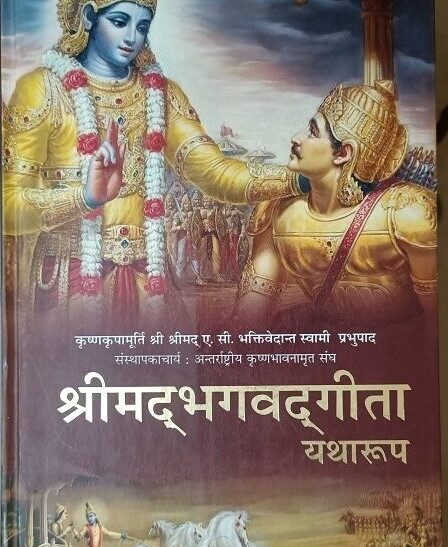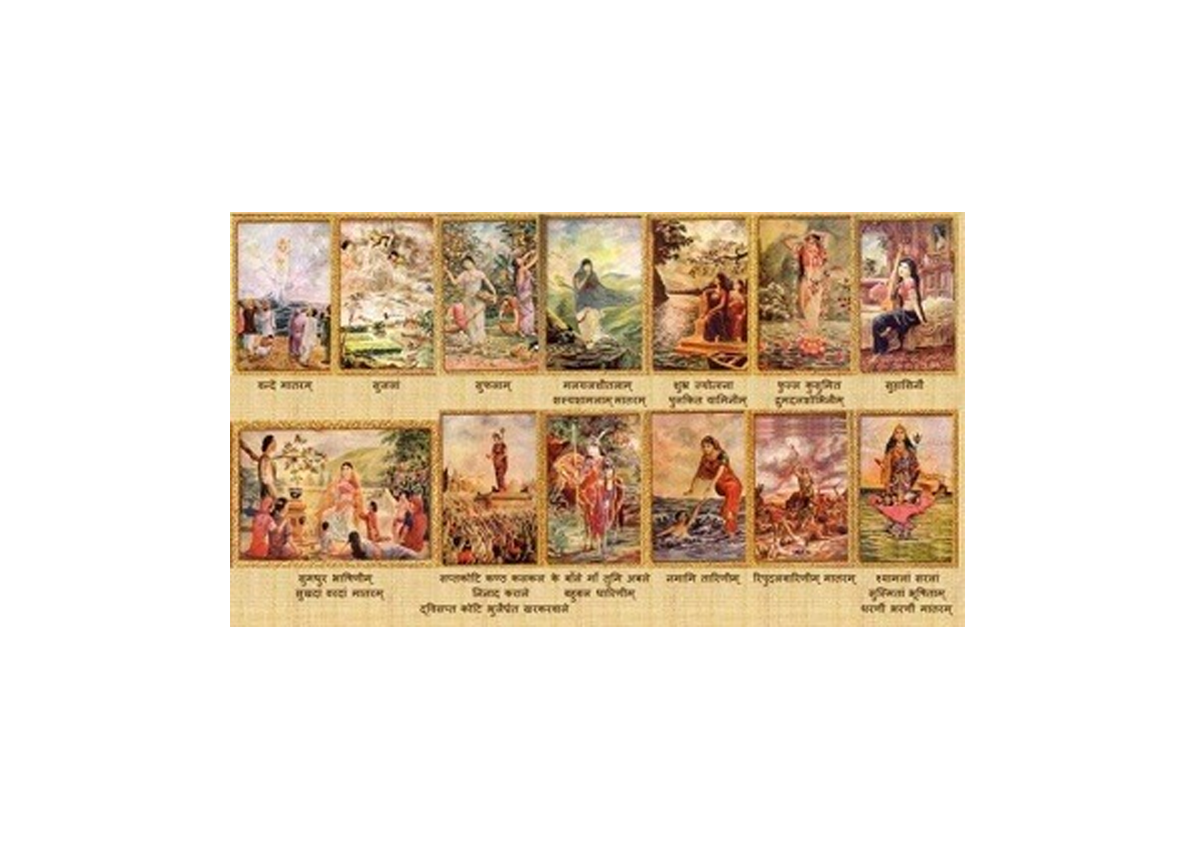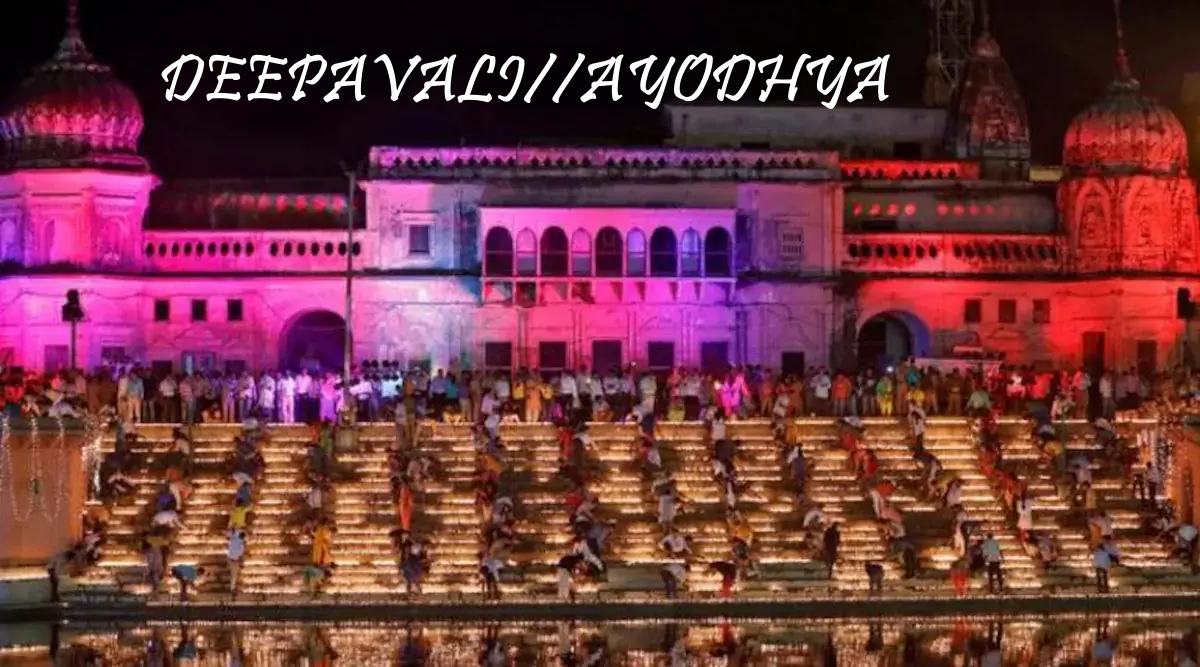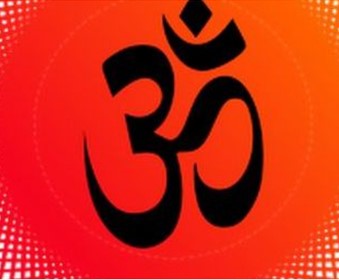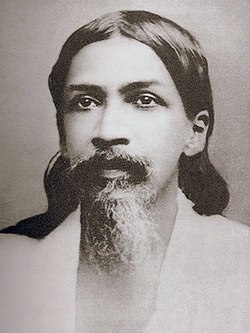DHARMA AND RELIGION
SARASIJ MAJUMDER
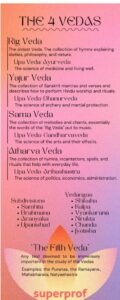
Introduction:
For understanding—I will write in ‘English’, but I will quote in Sanskrit.
Many times, I have heard, read, and seen my friends, Mates, colleagues and acquaintances use the terms: ‘Hindu Religion, or Hinduism’. Please understand none of these terms explain “What most of the Bharatiyas practiced as ‘DHARMA’.
The term Hind/Hindu/ Hinduism were originated during trades by Arabs, and spread after invasion of ISLAM.
These terms further propagated by Britishers, and other Europeans in the later period. It has ultimately got its place in EUROPEAN LEXICON.
BHARAT became India.
Bharatiyas practiced “SANATAN DHARMA”—which is not a ‘ism’ or ‘religion’. Why—you will understand, when you complete reading of this BLOG.
Sanatan Dharma is based on “VEDAS” – whose meaning is ‘Knowledge.’ Certainly, Vedas were only source of Knowledge when they were composed 5,000 to 7,000 years ago. And Vedas are ‘अपोरषेयो’– ‘Apourosheyo’—meaning—not composed or stated by any Super Power or GOD. It was composed by many ‘RISHIS’ over a period of time.
All religions (not Dharma) are –“FAITH BASED”. A fundamental difference. And knowledge based ‘Sanatan Dharma’ was/is reformed many times, in more than 5,000 years of its progress.
First, I will try to define Sanatan Dharma using “GEETA”—which borrowed heavily from ‘Vedas’ and ‘Puranas’, along with interpretations of ‘Maharshi Vedavyaas’.
SANATAN DHARMA:
In the Bhagavad Gita, Dharma signifies one’s duty, moral path, or righteous conduct, often tied to one’s inherent nature and social role (varna and ashrama). It’s not just about religious rituals, but about acting in accordance with one’s true self, after knowing it (आत्मानं विद्धि) and contributing to the cosmic order. It emphasizes that adhering to one’s SWADHARMA (one’s own Dharma) is crucial for both individual well-being and social harmony.
Here’s a more detailed explanation:
BEYOND RITUALS: Dharma in the Gita transcends beyond ‘Mere Religious Practices’. It encompasses one’s Moral Obligations and Responsibilities in life.
PERSONAL AND SOCIAL: Dharma is both individual (SWADHARMA) and social (LOKADHARMA). It’s about fulfilling one’s role in society while aligning with their inherent nature. As for example—in Swadharma—I am a ‘NIRISHWARBADI SANATANI’—but in Lok Dharma—I am more like a reformed Sanatani Brahman.
DUTY AND ACTION: Dharma guides one’s actions, urging individuals to act in accordance with their duties, whether as a warrior, a teacher, or in any other role.
MAINTAINING ORDER: By fulfilling their Dharma, individuals contribute to the overall harmony and balance of the world. Here, I interpret ‘world’ as ‘Cosmic World’.
COSMIC—is ‘Aseem– Ananta’—without boundary–|| असीम् – अनन्त ||
BASIC GUIDANCE: In the Gita, Krishna guides Arjuna to understand his Dharma as a warrior and encourages him to fight, emphasizing that even in conflict, fulfilling one’s duty is paramount.
This is what said by Vivekananda many years later: ‘If you are a ‘Footballer’—your Swadharma is to play Football well, and honestly.’
SYNERGY OF DHARMA: Individual Dharma aids social Dharma, and social Dharma supports individual Dharma, creating a virtuous cycle.
FINDING ONE’S DHARMA: The Gita suggests that understanding one’s true nature (Swabhava) is key to identifying and fulfilling one’s Dharma.
EXAMPLE OF ARJUNA: Arjuna’s dilemma highlights the importance of Dharma. He struggles with the idea of fighting his own family members, but Krishna guides him to understand that his Dharma as a warrior is to fight.
CONSEQUENCES OF NEGLECTING DHARMA: Neglecting one’s Dharma can lead to negative consequences, both for the individual and society.
Manu Smriti: धर्मो रक्षति रक्षितः
RELIGION: —
First let us be very clear that in the day of origin, foundation of ‘MONOTHEISM’ based religion was, and still is “FAITH”—AND NOT KNOWLEDGE. It believes in only one “super Power”, (GOD in Christianity/Yahweh or YHWH in Judaism/ ALLAH in Islam) and ‘Miracle’. Only ‘Christianity’ carried out some reformation, but within that fixed religious structure, and boundary of New Testament.
Religion is a system of beliefs (rather FAITHS), assigned values, and practices rigidly scripted in the HOLY BOOK what a person holds to be sacred or holistically significant in his life, and deed.
So far, we have got following main religions as listed below.
Polytheism: — Multiple gods, as was practiced by Ancient Greeks and Romans. As well as ‘Arabs’. Europeans has adopted ‘Christianity’ and Arabs were converted to ‘Islam’ by Sword.
Monotheism: –Single god, as in Judaism, Christianity, and Islam, appeared in that order. All believes in ‘Miracles’. However– Christian notion of the Holy Trinity (God, Jesus, Holy Grail or Spirit) is a slightly different form of ‘Monotheism’. What was ‘ABRAHAM’ in Old, or New Testament, is ‘IBRAHIM’ in ‘QURAN’. These RELIGIONS are three branches of same tree.
However—Sanatan Dharma also has ‘ADWAITOBAD’ (अद्वैत वेदान्त)—and that has some simile with some of the concepts of monotheism. ‘Brahmodhorma’ (actually not a DHARMA in true sense—more like a branch of Sanatan Dharma), founded by Raja Ram Mohan Roy, is based on ADWAITOBAD.
Atheism: –No deities, no GOD, denies any existence of super natural Power, and ‘Miracle’.
BUDDHISM, propagated by ‘Avalokiteshvara Buddha’ also derived from ‘VEDAS’ and ‘Puranas’— and doesn’t believe in any super natural power. This is also more like a branch of Sanatan Dharma.
Animism: – Nonhuman beings (animals, plants, natural world). Indigenous nature worshippers. Example is Shinto, also known as Shintoism, is the indigenous religion of Japan. It literally translates to “the way of the gods” or “kami”, which is divine ‘SPIRIT’. Shinto centers around the veneration of nature, spirits and ancestors, with the belief that divine spirits (kami) reside in natural elements and places like trees, mountains, and waterfalls. It is a religion that emphasizes purity, harmony with nature, and the importance of rituals and customs. Some Tribals also practise something similar to this, but they believe in both– ‘GOOD &Evil Spirit’. Evil Spirit is somebody like ‘Satan’ in Christianity, and ‘Iblis’ in Islam.
Totemism: – Totemism is belief in a divine connection between Humans and other Natural beings. Example is Ojibwa community of North America, and Canada.
Historical sociologists Émile Durkheim, Max Weber, and Karl Marx and psychoanalyst Sigmund Freud anticipated secularization, claiming that the modernization (Economic Upliftment??) of society would bring about a decrease in the influence of religion. That has largely happened in EUROPE.
I consider extension of secularization in personal life replaced DHARMA or RELIGION and is a root cause of many social evils, and problems, such as divorce, unnecessary abortions, drug use, educational and spiritual downturn etc.
Secularism shall be restricted to ‘STATES’ administrations and its functions only.
And icing on the Cake is— “SANATAN DHARMA” EMBRACES THE CONCEPTS OF ALL RELIGIONS!! BUT STILL IT REMAINS A “DHARMA”.
And as said by SRI SRI RAMAKRISNA—the last Reformer, of 19th Century Bengal, India: || यतो मत, ततो पथ ||
JAY BHARAT. JAY SANATAN DHARMA.
Disclaimer: — What are expressed above, are opinions of BLOGGER. It was, or is not the intent to show disrespect to any DHARMA, ISM, or RELIGIONS.
REFERENCES: —
GEETA, VIVEKANDA RACHANABALI,
OLD & NEW TESTAMENTS, QURAN.
ENCYCLOPEDIA BRITANICA.

